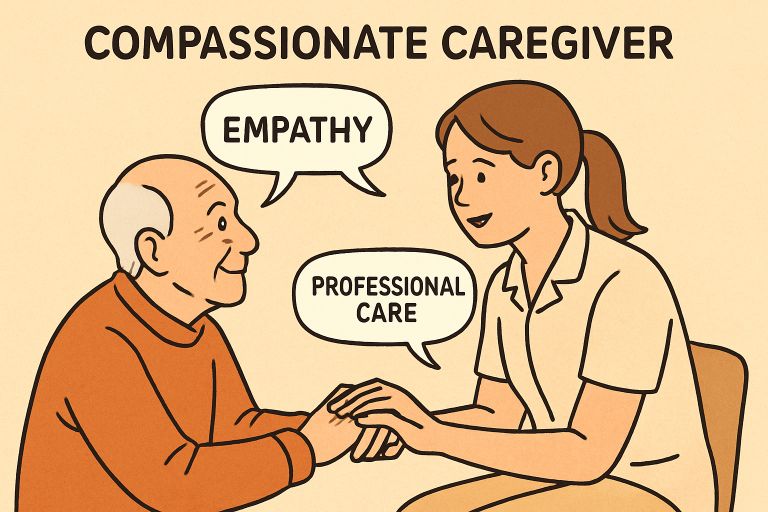Fast fashion has rapidly transformed the clothing industry, offering trendy, inexpensive garments that cater to the ever-changing tastes of consumers. However, this convenience comes at a significant cost, not just in monetary terms but also regarding environmental, ethical, and social implications. In this comprehensive article, we’ll delve into the reasons why fast fashion is detrimental, and conclude with a brief FAQ section to address common inquiries related to this pressing issue.
The Environmental Toll
Fast fashion is notorious for its environmental impact, making it one of the largest contributors to pollution worldwide. The industry relies heavily on synthetic fibers like polyester, which are derived from fossil fuels, contributing to the depletion of non-renewable resources and the emission of greenhouse gases. The production processes are water-intensive, particularly in the dyeing and finishing of garments, leading to significant water consumption and the pollution of water bodies with hazardous chemicals.
Moreover, the fast fashion model encourages a throwaway culture, where clothes are disposed of after just a few wears. This results in an alarming amount of textile waste, much of which is non-biodegradable and ends up in landfills, releasing toxic substances and contributing to soil and water pollution.
Ethical Concerns
The ethical implications of fast fashion are equally troubling. To keep costs low and production speeds high, many brands outsource manufacturing to countries with lax labor laws, resulting in exploitation, unsafe working conditions, and unjust wages for workers. The 2013 Rana Plaza collapse in Bangladesh, which claimed over 1,000 lives, highlighted the grave risks faced by garment workers in the fast fashion supply chain.
Child labor is another serious concern, with many children being forced into work to meet the relentless demand for cheap clothing. These practices not only violate human rights but also perpetuate a cycle of poverty and inequality in some of the world’s most vulnerable communities.
Social and Cultural Impact
Fast fashion also has significant social and cultural repercussions. The constant influx of new trends undermines the value of individual style and craftsmanship, leading to the homogenization of fashion. Traditional textile crafts and techniques, passed down through generations, are at risk of disappearing, as artisanal producers cannot compete with the low prices and high volumes of fast fashion retailers.
Moreover, the relentless pursuit of the latest trends fosters an unhealthy consumer culture, where self-worth and social status are increasingly tied to material possessions. This not only perpetuates unsustainable consumption patterns but also contributes to a cycle of dissatisfaction and overconsumption.
FAQ Section
Q: What can I do to avoid supporting fast fashion?
A: You can make more sustainable fashion choices by purchasing from ethical brands, investing in high-quality, timeless pieces, and supporting second-hand and vintage markets. Additionally, embracing a minimalist wardrobe and practicing conscious consumerism can significantly reduce your fast fashion footprint.
Q: Are there any environmentally friendly alternatives to fast fashion?
A: Yes, many brands focus on sustainable practices, using eco-friendly materials, ethical labor practices, and implementing recycling and upcycling programs. Researching and supporting these companies can make a big difference.
Q: How does fast fashion affect global warming?
A: Fast fashion contributes to global warming through the extensive use of fossil fuels in production and transportation, high levels of greenhouse gas emissions, and the waste generated by discarded garments.
Q: Can recycling clothes help combat the effects of fast fashion?
A: While recycling can mitigate some impacts, it’s not a panacea. Reducing consumption, choosing sustainable brands, and extending the life of clothing through care and repair are more effective strategies.
Q: Is fast fashion only a problem in Western countries?
A: While fast fashion consumption is highest in Western countries, its impacts are global. Developing countries often bear the brunt of environmental degradation and labor exploitation associated with garment production.
In conclusion, fast fashion presents a complex array of problems that span environmental, ethical, and social dimensions. Addressing these issues requires a concerted effort from consumers, manufacturers, and policymakers to shift towards more sustainable practices and consumption patterns. By making informed choices and advocating for change, we can all play a part in mitigating the negative impacts of fast fashion.







